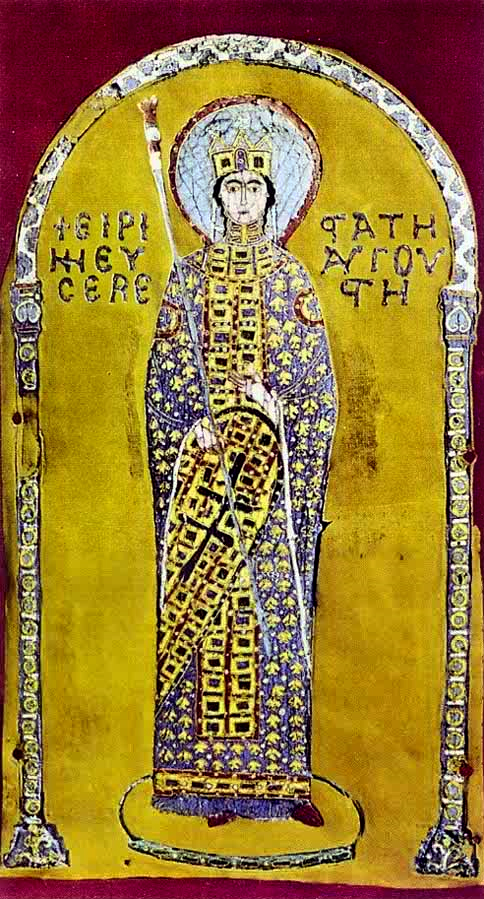Irina ( Pala d'Oro)
Byzantine Empress Irene (image from "Pala d'Oro", Venice). As there were many Empresses by the name of Irene, scholars believe that she was Irene Doukaina. See study here. The inscription says "ΕΙΡΗΝΗ ΕΥΣΕΒΕΣΤΑΤΗ ΑΥΓΟΥΣΤΗ" (IRENE MOST-RESPECTED AUGUSTI Augustus in female form), not offering any other clue. The enamel of the empress is paired with a plaque similar in size depicting Doge Ordelaffo Falier (both flanking an image of Mary, the mother of God), see in File:Venezia, pala d'oro, madonna tra i donatori irene e l'imperatore Giovanni II Comneno, trasformato nel doge Ordelaffo Falier.JPG, which scholars believe was put in later, replacing the original image of Alexios I Komnenos whose was was Irene Doukaina or alternatively their son John II Komnenos. There is no technical evidence for these attributions, even though this view is widely accepted in literature. It is only clear that the image of an empress would not be paired with the image of a doge, but with one of the emperor.
Possibly also empress regnant Irene of Athens (r. 797-802) - see talkRelevante Bilder






















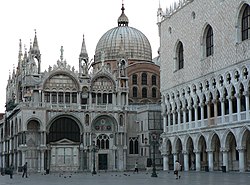

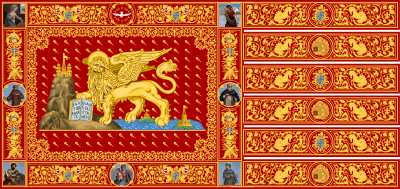






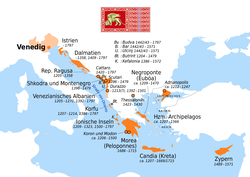

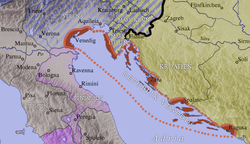

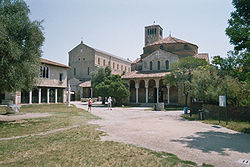
Relevante Artikel
Republik VenedigDie Republik Venedig nach dem Wahrzeichen der Stadt, dem Markuslöwen, auch als Markus- oder Löwenrepublik bezeichnet, war vom 7./8. Jahrhundert bis 1797 eine See- und Wirtschaftsmacht, deren Zentrum im Nordwesten der Adria lag. Ihre Vorherrschaft kulminierte in einem Kolonialreich, das von Oberitalien bis Kreta und zeitweise bis zur Krim und nach Zypern reichte und von Venedig aus gelenkt wurde. Darüber hinaus unterhielt Venedig Kaufmannskolonien in Flandern und dem Maghreb, in Alexandria und Akkon, in Konstantinopel und Trapezunt sowie in zahlreichen Städten an der Adria. .. weiterlesen
